
Commentary by Our Political Analyst
China visit: Prime Minister KP Sharma Oli will leave for China on August 30 to attend the SCO Conference in Tianjin. The visit will be a moment when Nepal will aim at strengthening its economic and strategic ties with Beijing. Issues related to trade, investment, and cooperation in infrastructure are bound to be high on the agenda with Chinese leaders, including President Xi Jinping. Nepal's growing needs for financial and technological inputs to develop its industry and infrastructure make China a highly desirable ally. Road connectivity, hydropower facilities, and cross-border connectivity initiatives, especially under the Belt and Road initiative, are likely to be on top of the agenda. PM Oli is likely to request President Xi to offer more soft loans to Nepal as well as write off all loans taken for building Pokhara International Airport. Further investment in infrastructure will also be called for, but also on the cards is the opening of a number of border crossings in the north.
Trade deficit with China remains a problem. While imports have improved, Chinese exports have not, therefore affecting the trade balance of Nepal. The Prime Minister can think of concrete measures to expand market access for Nepali goods, ease custom formalities, and promote joint ventures to create employment and make exports competitive. Tourism cooperation can also be part of the agenda since Nepal intends to receive increased Chinese tourists, which would directly benefit local business houses as well as communities.
Investment climate and technology transfer will probably be on the agenda. Nepal is not just seeking capital but also digital infrastructure, industrial parks, and hydropower expertise. Issues may include providing incentives for Chinese investment in Nepal, reducing regulation approval processes, and allowing knowledge transfer to ensure local capacity building.
Regional consolidation and multilateral cooperation through the SCO framework could also be in store. Nepal can position itself as a bridge between South Asia and China by projecting opportunities for transit trade, logistics, and energy transfer. Placing itself on the radar screen as a serious player, Nepal can win more and more attention from Chinese policymakers and businesspeople to win orders that bring economic growth while maintaining strategic balance in the region.
India Visit: After becoming Prime Minister 15 months ago, PM Oli was waiting for formal invitation from India to visit the southern neighbor, which finally came when Indian foreign secretary Vikram Misri visited Nepal on August to hand over Indian PM’s invitation to Oli whose upcoming visit to India on September 16, will be vital in many respects. Besides meeting Prime Minister Narendra Modi in Bodhgaya, where the Buddha attained enlightenment the visit will focus on how the two sides can address outstanding issues that overshadow bilateral ties.
Boundary issues are the most controversial. Kalapani-Limpiyadhura-Lipulekh is still a hanging issue above ties Susta, where rivers change and boundaries get distorted, is another problematic issue, and Nepal claims that India has encroached upon over fifty locations in nearly 60,000 hectares.
Reports now suggest that Nepal has agreed not to raise the Kalapani issue during Oli’s trip and will move ahead with India’s proposal to set up border pillars along major rivers. If pursued, this would effectively turn Nepal’s major rivers into common rivers between the two nations, a development likely to stir debate at home.
Trade and economic matters also remain pending. Scars of the 2015 blockade continue to impact Nepali perceptions regarding India's reliability as a friend. The trade deficit, with Nepal depending heavily on Indian imports, remains a thorn in the side of policymakers in Kathmandu. While India remains Nepal's top trading partner, Kathmandu has stepped up dealings with China and joined the Belt and Road Initiative, steps which India views warily.
Security and strategic issues add another layer of complexity to the relationship. The 1950 Treaty of Peace and Friendship, long regarded as the cornerstone of bilateral relations, is today generally regarded as outdated in Nepal. Disputes over water sharing and hydropower, such as the years-long-pending Pancheshwar project, are unresolved. Politically, India's backing of the Madhesi community and perceived meddling in Nepal's internal affairs continue to keep mistrust alive.







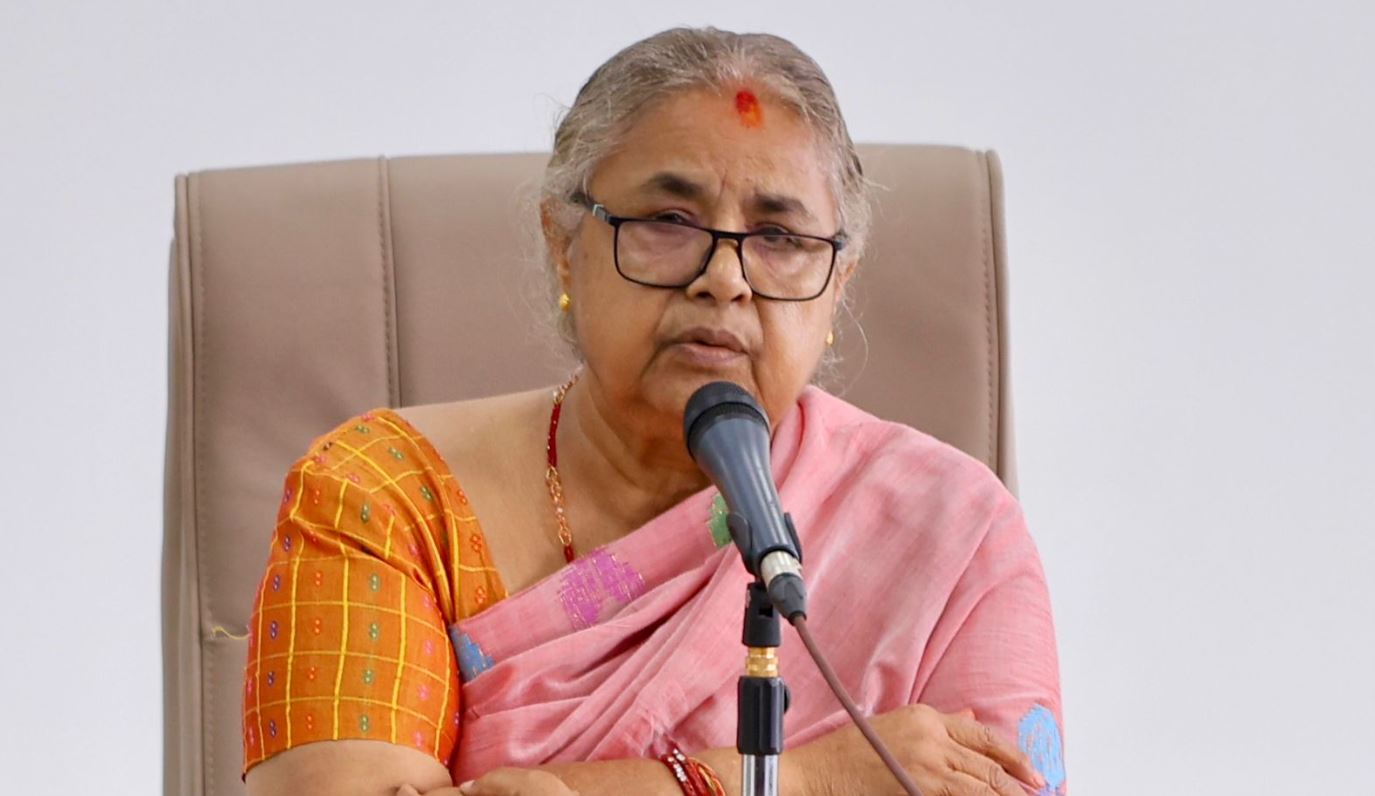
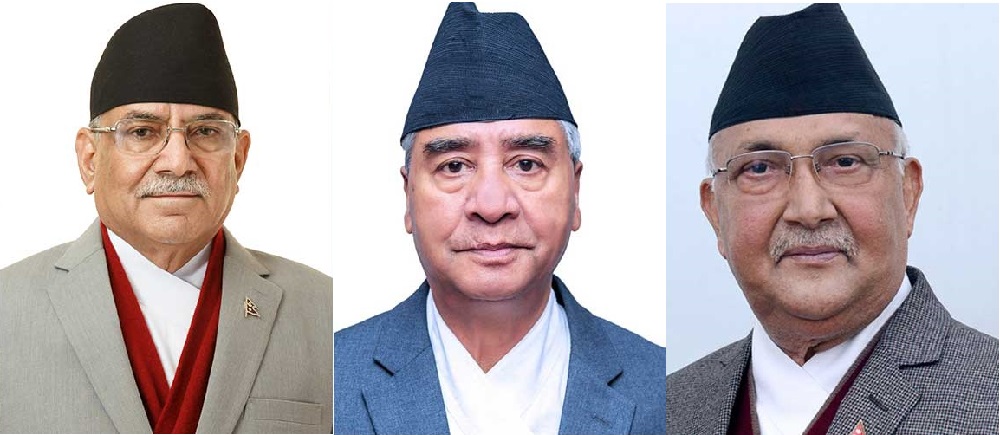
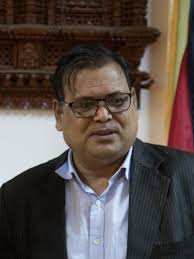

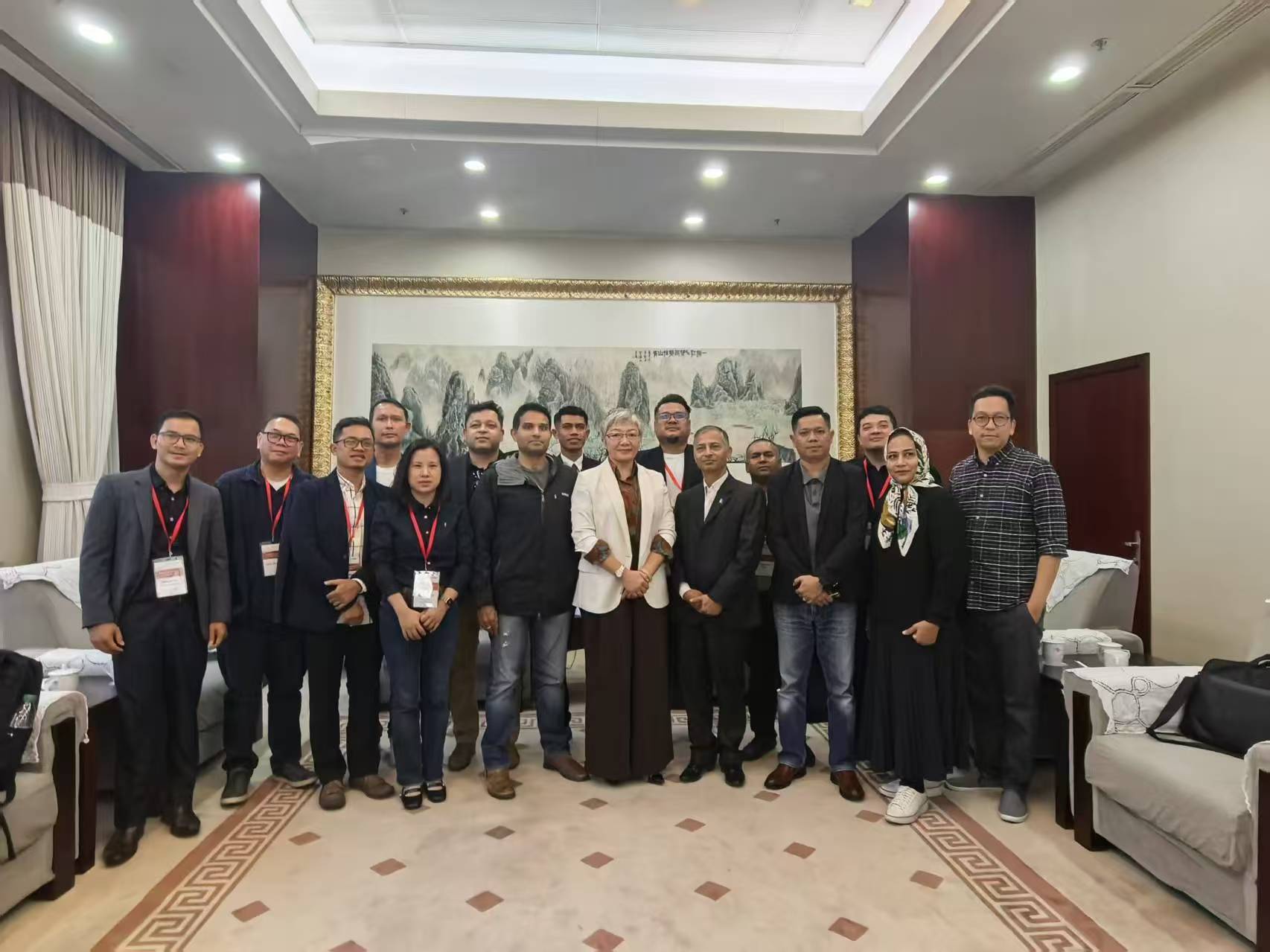



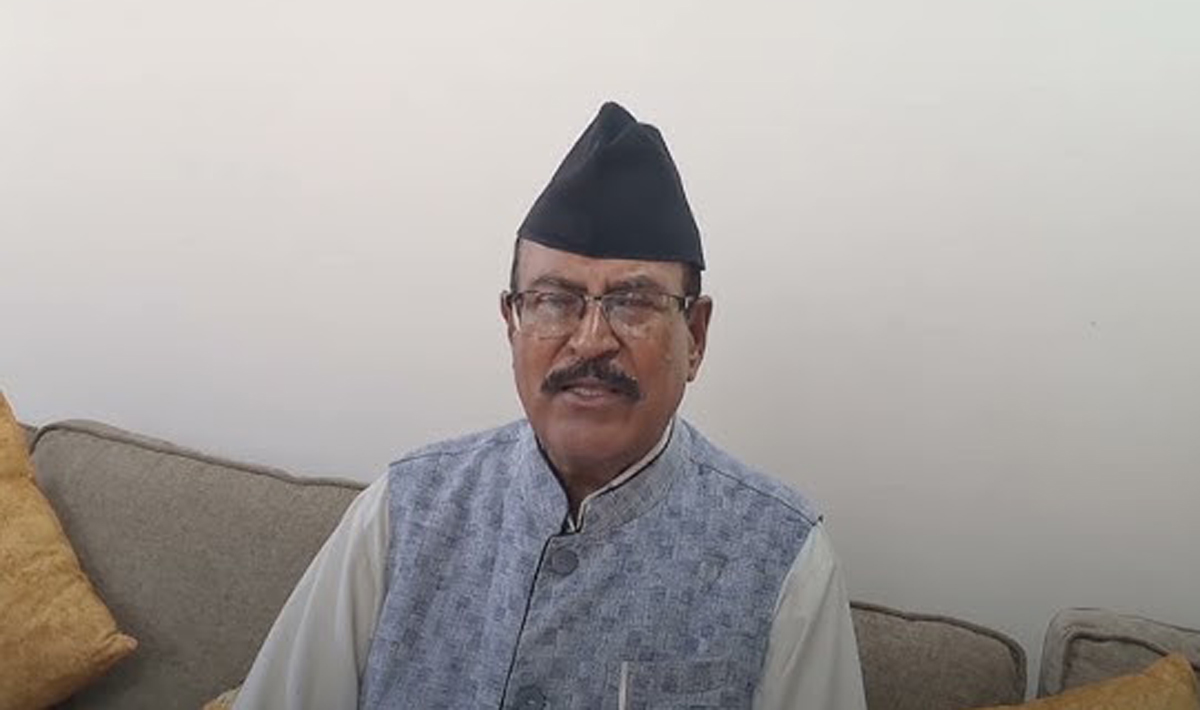
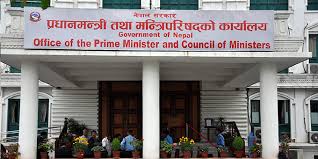
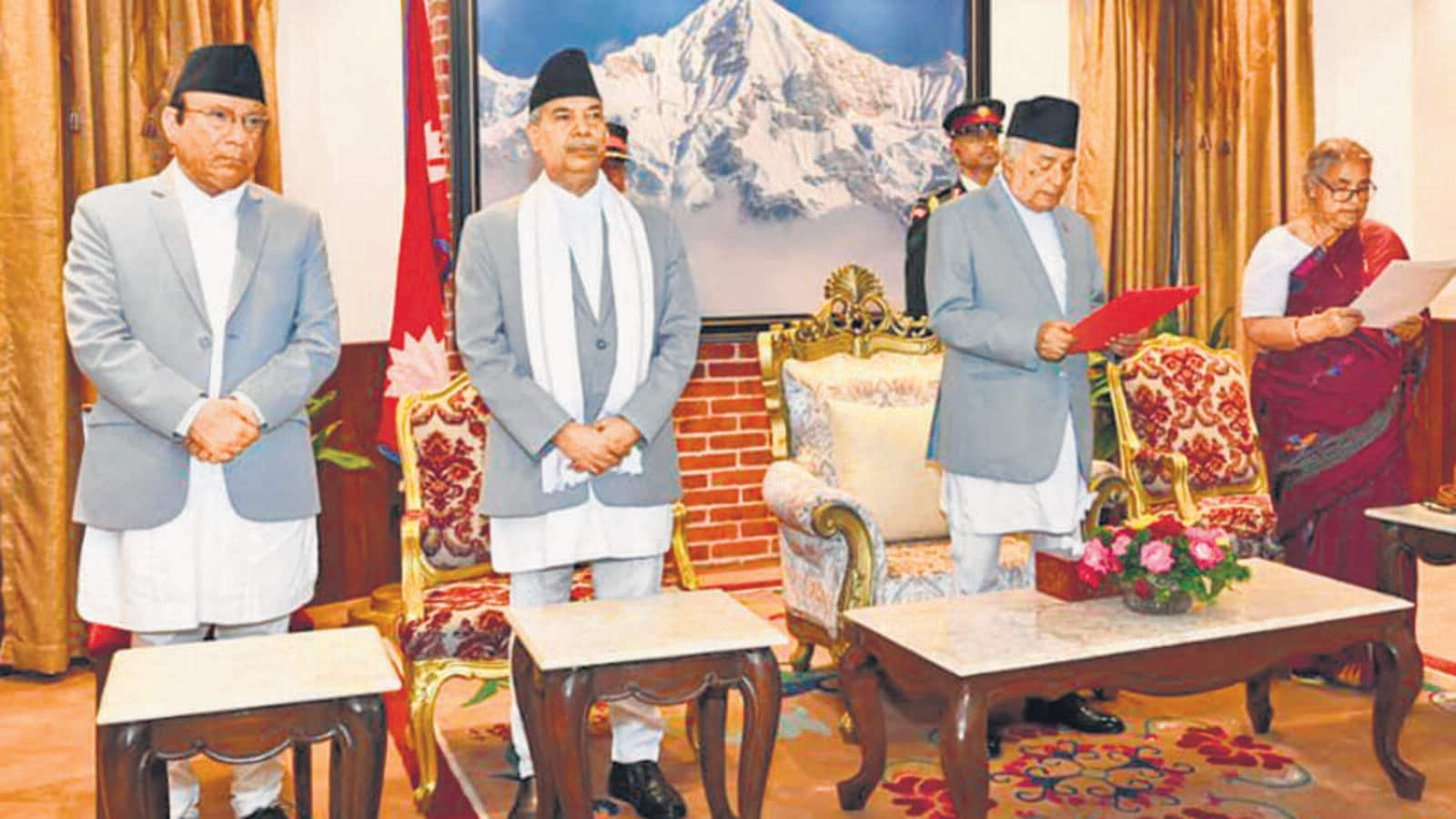
Comments:
Leave a Reply